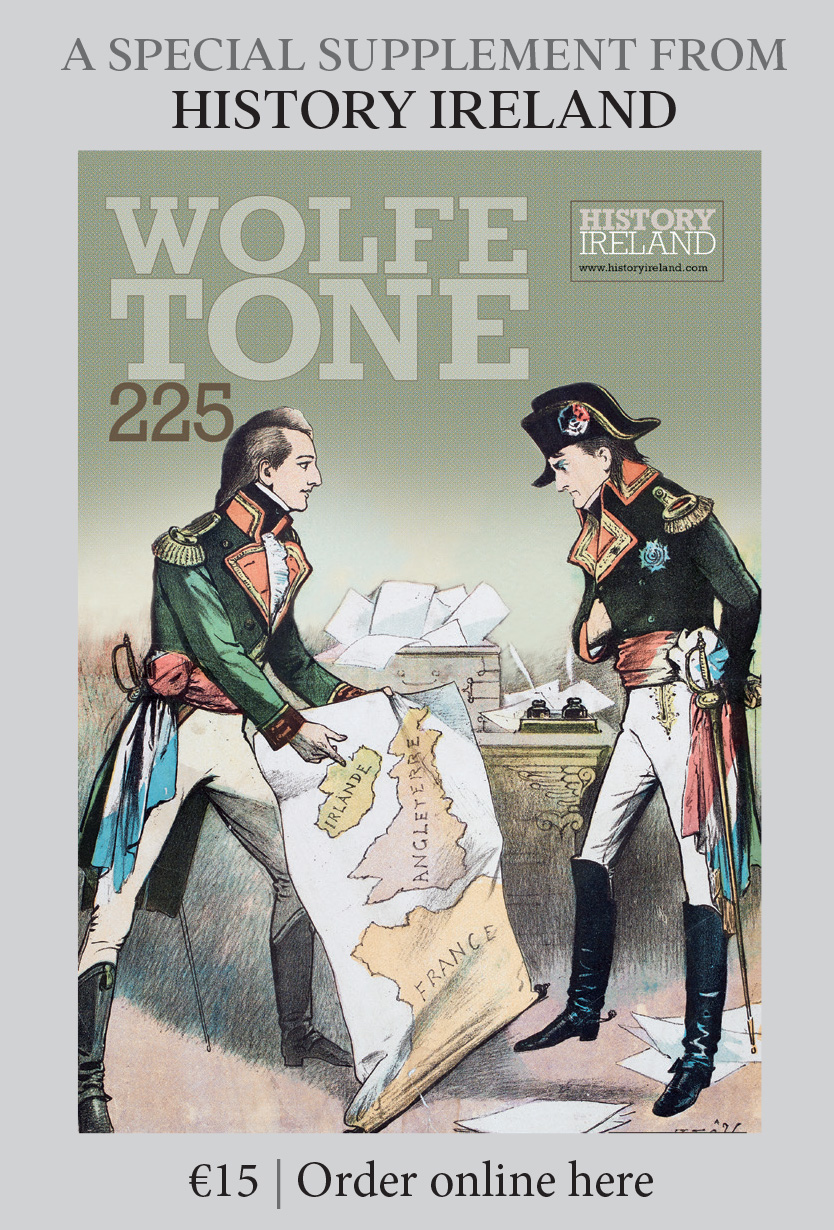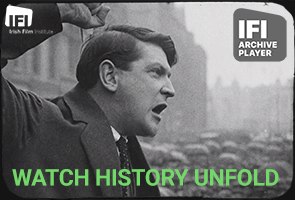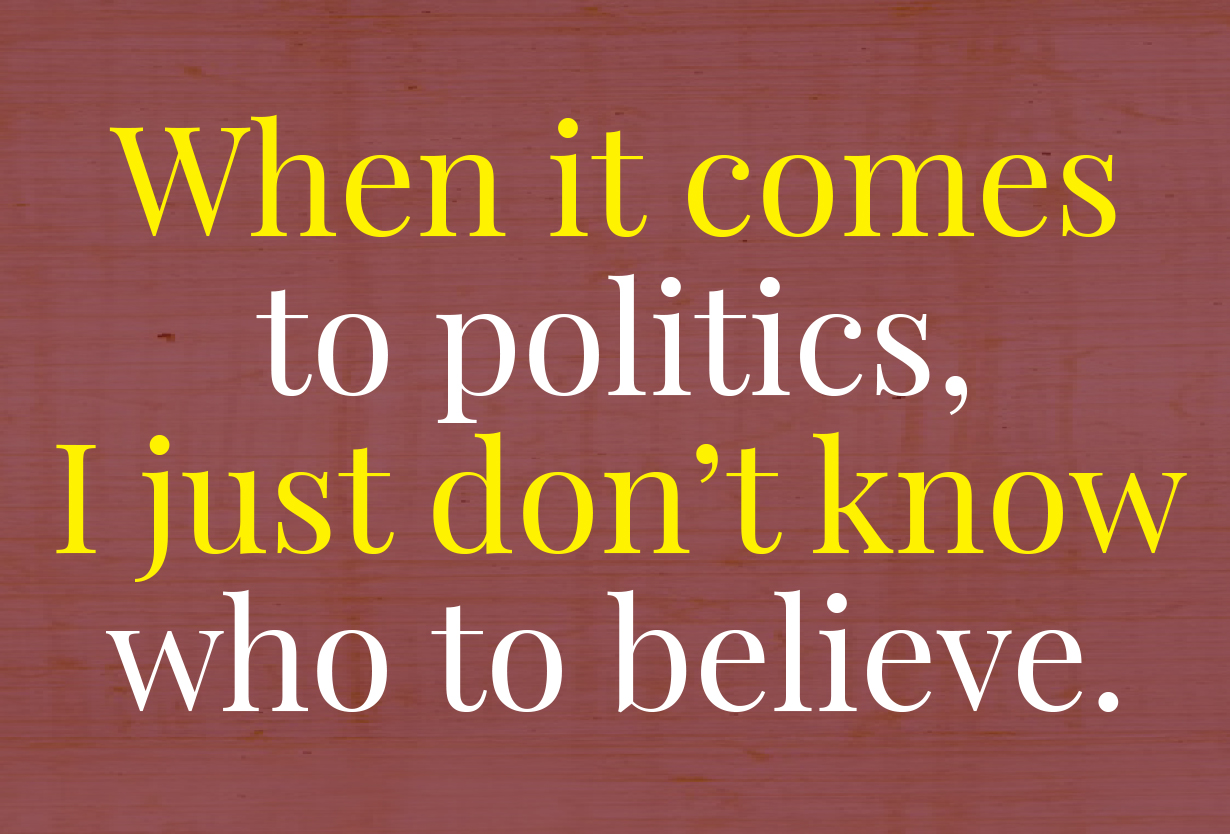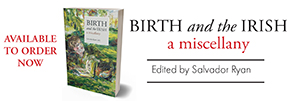April 19
Published in On this Day listing- 1972 The Widgery tribunal of inquiry into events in Derry on ‘Bloody Sunday’ exonerated the British army for the deaths and blamed the NICRA for organising the march.
- 1775 Skirmishes in Concord and Lexington marked the beginning of the American Revolutionary War. Irishmen fought on both sides of the conflict. Up to half of Washington’s Continental Army were Irish; ten of his generals were Irish-born and twenty others were of Irish parentage. The navy produced at least two Irish heroes. Jeremiah O’Brien (1740–1818) from County Cork, along with his four brothers, captured a British schooner in the first naval action of the war, whilst Commodore John Barry (1745–1803) from County Wexford, the first naval commander appointed by the Continental Congress, was the first to capture a British warship. Today he is remembered as ‘the father of the American Navy’.
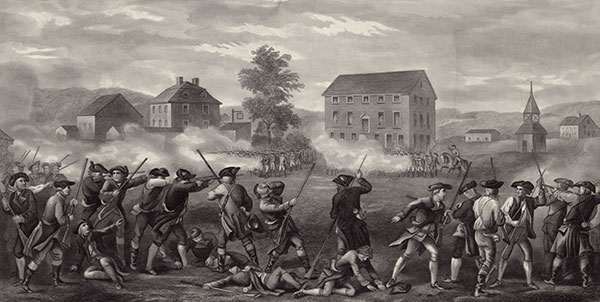
Above: A 1903 engraving of the Battle of Lexington, 19 April 1775, by John H. Daniels & Sons.
On the British side there were two Irish regiments. Both the 105th Foot, also called ‘the Volunteers of Ireland’ and raised in Philadelphia by Ulsterman Lord Rowdon-Hastings, and ‘the Roman Catholic Volunteers’ were made up of Irish deserters from the Continental Army. In a war conducted by second-rate military leaders—Washington was not a great general but a great leader—many on the Revolutionary side were to make their mark in the politics of the emerging United States. Others, on the British side, were to grace the history of the third ‘revolution’ of the late eighteenth century—our own 1798 Rebellion. The British commander, Gen. Charles Cornwallis, went on to become lord lieutenant of Ireland (June 1798 to March 1803). And the youngest son of the duke of Leinster, whose service with the Crown ended when he was seriously wounded at the Battle of Eutaw Springs, South Carolina (1781), become one of the most romanticised figures on the rebel side—Lord Edward Fitzgerald.
- 1824 Lord Byron (36), poet, died of fever whilst fighting in the Greek War of Independence against the Ottoman Empire.










